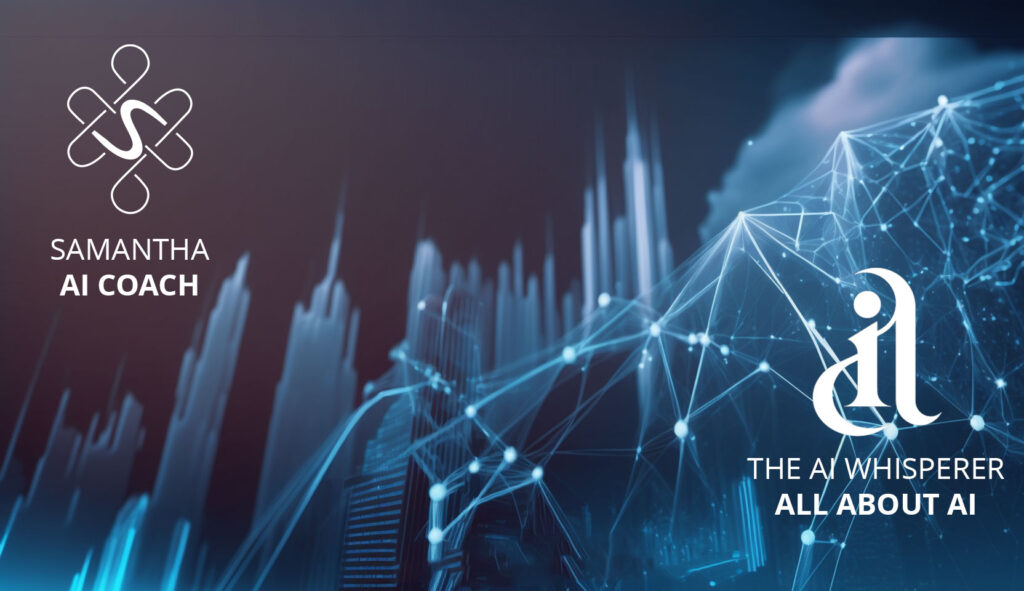The advancement of FIGURE robotics with embedded AI is a major step forward for the robotics industry. It speeds up how quickly robots are becoming a part of everyday life. This increase is because you no longer need a software engineer or tech expert to program the robot for its tasks. The groundbreaking AI breakthrough, particularly in ‚figure 01‘ (see video), enables robots to learn tasks through observation, mirroring the human learning approach observed during the onboarding process in new job roles.
Robots can now be employed in numerous areas where simple physical tasks are prevalent. Consider the example of garbage collection: one merely needs to show the robot the method and target objects for collection, and it will execute the task. Similarly, robots can be taught in the same way humans are, significantly lowering the barrier for robot substitution in many job roles. This shift is not just a matter of cost-effectiveness in the long run, but also of enhanced productivity.
The impending robotic revolution raises the question of how swiftly it will occur. Within the next 2-3 years, I anticipate the widespread deployment of human-like robots in various sectors. In the economic sphere, innovations that either generate revenue or reduce costs are rapidly adopted. However, a more pressing question looms: How will humanity cope with this change? Can we adapt swiftly enough to keep pace with these advancements? The issue of job displacement is particularly poignant. With robots and AI poised to assume many current human roles within a decade, we are facing a complete paradigm shift.
This shift necessitates a reevaluation of our socio-economic structures. For instance, concepts like universal basic income might become more relevant as traditional employment opportunities diminish. The impact on global economies will be profound, particularly in countries with high labor costs, where the incentive to automate is even greater. This could lead to significant changes in the labor market, with a potential increase in the unemployment rate unless new forms of employment emerge.
Moreover, the rise of AI and robotics will likely prompt a rethinking of education and skill development. The focus may shift towards fostering creativity, problem-solving, and emotional intelligence – skills that are uniquely human and less susceptible to automation. The technological transformation could also reshape consumer behavior, as people adapt to living and working alongside intelligent machines.
Ethically, this technological evolution presents several challenges. The potential for increased surveillance, data privacy concerns, and the moral implications of replacing human interaction with robotic counterparts are issues that will require careful consideration. Additionally, the digital divide could widen, as those without access to the latest technology or the skills to interact with it might find themselves at a disadvantage.
In summary, while the advancements in embedded AI are poised to revolutionize the robotics industry and beyond, they also usher in a host of economic, ethical, and societal challenges that will need to be navigated with caution, foresight, and a deep understanding of the potential socio-economic consequences.


